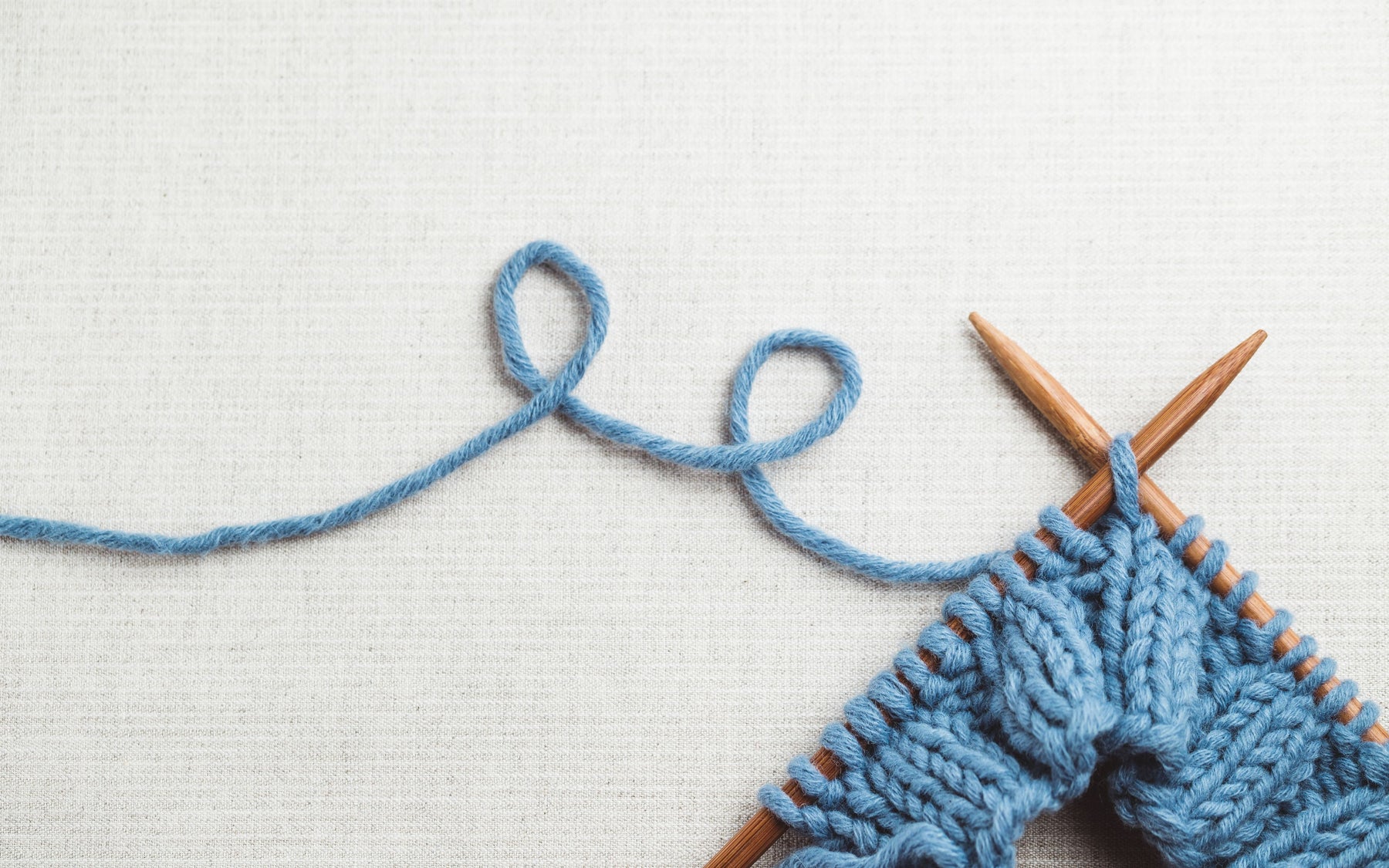
What is Knit Textile Design?
Knit textile design represents an intricate and fascinating art form that has captivated individuals for centuries. It encompasses the creation and manipulation of fabrics, combining yarns through a loop structure to create visually captivating and functional textiles. Knitting involves interlocking loops of yarn to construct a fabric, which can then be used for a range of purposes, from fashion garments to home furnishings.
The origins of knit textile design
The evolution of knit textile design is deeply rooted in history, dating back to ancient civilizations. Archeological findings from Egypt, Peru, and Northern Europe suggest that knitting techniques were utilized as far back as the 11th century. Throughout the years, knitting has undergone significant transformations, adapting to changing trends, technological advancements, and cultural influences.
Modern day knit textile design
In contemporary times, knit textile design encompasses a myriad of possibilities and techniques. Designers utilize various types of knitting techniques to achieve distinct textures, patterns, and structures in their fabrics. Some of the commonly used techniques include basic knitting, which involves creating fabric by interconnecting vertical and horizontal rows of knit and purl stitches. Cable knitting, known for its interlacing patterns resembling twisted cords, is another popular technique that adds depth and complexity to knit designs. Additionally, techniques such as intarsia, fair isle, and lace knitting bring further versatility and intricacy to the realm of knit textile design.

Technology and knit textile design
One of the most remarkable aspects of knit textile design is the limitless potential for creativity it offers. Designers can experiment with a vast range of fibers, yarns, colors, and textures to achieve their desired outcome. Natural fibers like wool, cotton, and silk are commonly utilized, each offering unique qualities and characteristics to the final fabric. However, with increasing advancements in technology, synthetic fibers such as nylon and polyester have also become popular options due to their durability and ease of maintenance.
Knit textile design is not limited to clothing alone; it has permeated various other domains, including interior design, accessories, and even architectural structures. As innovative designers continue to push the boundaries of knit design, we witness the emergence of stunning statement pieces that combine functionality, aesthetics, and sustainability. Modern knitting machines and computer-aided design tools now enable designers to manipulate patterns and textures with enhanced precision, offering a world of possibilities for creative expression.

How does knit textile design differ from other areas of textile design ?
Knit textile design differs from other forms of textile design in several ways:
-
Fabric construction: Knit textiles are created by interlocking loops of yarn, while other forms of textile design, such as woven or printed textiles, involve different methods of yarn manipulation. Knit fabric's looped structure provides it with inherent stretch and flexibility.

- Stretch and drape: Knit fabrics have natural elasticity due to the loops, allowing them to stretch and recover. This elasticity makes them suitable for garments that require close fit or flexibility, such as activewear or undergarments. In contrast, other textile designs may not offer the same level of stretch or drape.
- Design possibilities: Knit textile design offers a wide range of possibilities in terms of patterns, textures, and surface treatments. Designers can incorporate various knit stitches, cables, jacquards, intarsias, or lace patterns directly into the fabric's structure. This allows for intricate designs and detailed motifs that can be seamlessly integrated into the fabric. Other forms of textile design typically involve patterns or prints applied on top of the fabric surface.
- Production methods: Knit textiles are often produced using knitting machines or hand-knitting techniques. This allows for both mass production and individual customization. Conversely, other forms of textile design, such as weaving or printing, may involve different machinery or processes.
- Versatility: Knit textiles are known for their versatility, as they can be created with various fibers, weights, textures, and designs. They can be made from natural fibers (e.g., wool, cotton), synthetic fibers (e.g., polyester, nylon), or blends, giving designers a broad range of options to achieve specific characteristics or performance properties. Other textile designs may have limitations based on the fiber and production methods used.
Overall, knit textile design stands out due to its unique fabric construction, stretch properties, design possibilities, and versatility. These aspects make it well-suited for specific applications and invite creativity in the hands of the designer.

In conclusion, knit textile design stands as an art form that has withstood the test of time and continues to evolve with each passing era. This ancient craft has transformed into a beacon of innovation and creative expression, offering limitless opportunities for designers worldwide. From the ancient civilizations of yesteryear to the contemporary designs of today, knit textile design epitomizes the extraordinary combination of tradition, technique, and modernity. As we celebrate and appreciate this cherished art form, we are reminded of the immense talent and dedication of the designers who bring these remarkable fabrics to life.
Leave a comment